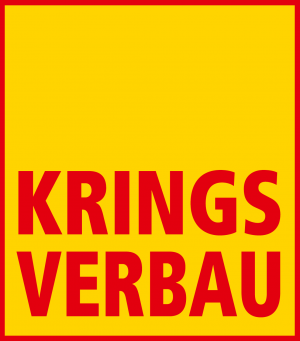DRIVEN ICE COLD
Categorie: References

Machinery from terra infrastructure used in the port in Western Siberia
DRIVEN ICE COLD.
The growing global demand for energy is fuelling hopes that liquefied natural gas (LNG), which is significantly reduced in volume, will be a future energy source. Within the frame of the Arctic LNG 2 project, a production plant for LNG is to be built on the Gydan peninsula in northern West Siberia. The Arctic LNG 2 installation will use the resources of the Salmanovskoye field, a structure that contains 1.98 trillion cubic metres of natural gas and 105 million tonnes of liquid hydrocarbons. To this end, three technological lines for the production of liquid natural gas with a total capacity of 19.8 million tonnes of LNG per year are being built at the Utrenny terminal. terra infrastructure GmbH supplied high-performance vibration technology for the terminal work under extreme climatic conditions.
Most powerful vibratory hammers
Two vibratory units, an MS-210 HHF and an MS-240 HHF, were used to drive steel pipes with diameters of 1.42 and 2.52 metres respectively, and pipe wall thicknesses of between 14 and 28 millimetres, into the permafrost soil. Both are among the most powerful vibratory hammers currently available on the market. Filters from the HHF series are ideal for use in changing geological conditions and can be adjusted in stages. By increasing the eccentric moment using replaceable additional weights, it is possible to adjust different amplitudes and frequencies at the same centrifugal force to suit different soil profiles. Power packs with diesel engines operating hydraulic pumps inside a sound-insulated housing / casing are required to supply the MÜLLER vibration units with energy. Four MS-1150 V power packs were used in Utrenny, each equipped with the optionally available winter package.
In view of the arctic temperatures, this was particularly important, because the preheating devices for the hydraulic oil and the cooling water of the diesel engine included in the winter package protect the system components and thus increase their operational readiness and service life. The volume flow was transmitted to the vibratory hammers via hose lines each 120 metres in length. This made it possible to drive steel pipes into the ground at depths of between 25 and 60 metres. Four MS-U 180 GP clamping devices – mounted on an MS-KX 320 bracket – ensured a vibration-free linkage of the pipes to the vibration unit.
The construction process in Utrenny will take place in a total of seven stages. The LNG installation is to be put into operation in stages from 2023.


